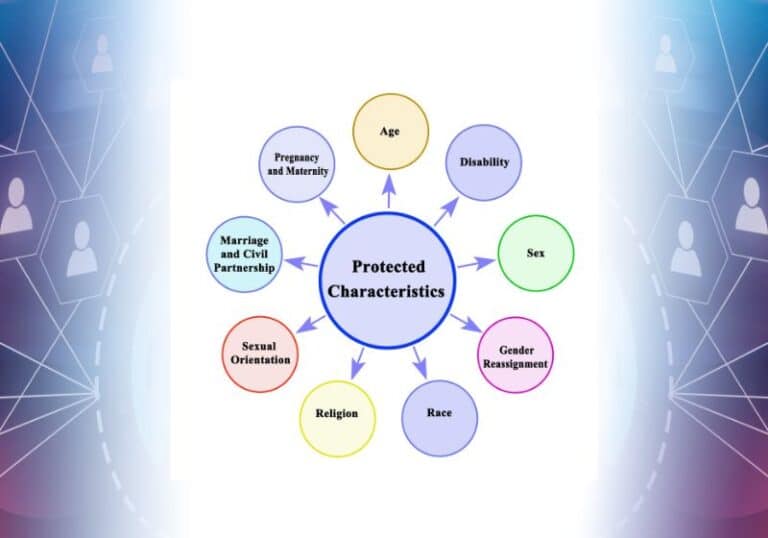Why Might an Employee Feel Their SSP Payment Is Insufficient?

HR:4UK’s 40 years of quality advice has helped businesses thrive. Throughout our time, we’ve supported and guided SME’s through a wide range of HR challenges, both routine and complex. Recently, we’ve noticed a growing number of inquiries to our payroll team from employers about issues related to Statutory Sick Pay (SSP), particularly when it comes to paying their employees the correct amount.
In this edition of ‘Ask the Expert,’ we’re addressing some of the most common questions surrounding SSP to help you understand why your employee may not be receiving the full entitlement.
We have spoken to one of our expert payroll administrators, Shirley Evans to see what she has to say.
Let’s start off with clarifying what SSP is and who is eligible to receive it?
Statutory Sick Pay (SSP) is a government-mandated payment provided by employers to employees who are unable to work due to illness. For an employee to be eligible to receive SSP, they must be off work for at least four consecutive days, earn an average of at least £123 per week, and have informed their employer of their illness according to the company’s sick leave policy.
SSP is payable for up to 28 weeks for any one period of sickness, or a series of linked periods of sickness (where each period of illness is separated by 8 weeks or less).
After 28 weeks of SSP, the entitlement ends, and the employee may need to explore other benefits, such as Employment and Support Allowance (ESA), if they are still unable to work.
What are the most common reasons why an employee may not receive the full amount of SSP?
Shirley explained that there are several common reasons.
- One of the primary reasons is not meeting the minimum earnings threshold of £123 per week, which is required for eligibility.
- Quite often employees fail to provide sufficient or timely notification of their illness (and sickness absence) to their line manager, this may result in not receiving SSP as their absence is treated as unpaid.
- There is often a disconnect between the line manager and the payroll team where communication is poor.
- As already mentioned, SSP is also limited to a maximum entitlement period of 28 weeks, so if this period is exceeded, payments will cease and quite often, managers fail to notify their employee that their SSP is coming to an end.
- Another common mistake for incorrectly calculating SSP is when sickness absence falls over two working weeks as SSP is calculated based on the qualifying days within each of those weeks.
SSP is calculated on a weekly basis, so as long as the employee remains sick and the sickness absence continues into a second week, they will receive SSP for each qualifying day within that period, up to a maximum of 28 weeks.
However employees often don’t realise that the first three days of illness are unpaid. The first three days of sickness, known as “waiting days,” and SSP will only start being paid from the fourth qualifying day onward. If the sickness period extends beyond the waiting days and
I asked Shirley if she could give me a working example to help me understand and this is what she said:
‘If an employee becomes ill on a Wednesday and is unable to work for 8 consecutive days, SSP is calculated based on qualifying days. The employee works Monday to Friday, so these are their qualifying days. In the first week of illness, Wednesday, Thursday, and Friday are the “waiting days,” during which no SSP is paid.
However, if the sickness continues into the second week, SSP will be paid for each qualifying day, which in this case would be Monday through Friday. As a result, the employee receives SSP for 5 days in the second week.
If the sickness continues beyond this period, SSP will continue to be paid for qualifying days up to a maximum of 28 weeks.’
Can you explain how sick periods are linked if taken within 8 weeks, and what impact this has on Statutory Sick Pay (SSP)?
Yes, this is an important aspect of SSP that employees often overlook.
If an employee takes multiple periods of sickness within 8 weeks (56 days) of each other, these periods can be linked, provided that each period includes 4 or more consecutive days off work.
When sick periods are linked in this way, they are treated as one continuous period of sickness for SSP purposes. This means the waiting days—the first three days of the illness, which are unpaid—only apply once, at the beginning of the first period. Any subsequent linked sickness periods within that 8-week window will qualify for SSP from the first day of sickness, rather than having to wait through another three unpaid days. This rule helps ensure that employees are not penalised with multiple waiting periods if they experience recurrent illnesses in a short timeframe.
Are there any circumstances where an employee’s SSP could be stopped?
SSP will be stopped if the employee begins receiving another form of statutory payment, for example maternity pay.
If they return to work on a phased or part-time basis SSP would only be paid on contracted days not worked.
As already mentioned, SSP will cease once the employee’s entitlement period of up to 28 weeks has been exhausted.
This got me thinking as I have overheard on a number of occasions the advice given by one of our HR advisors when an employee asks if the can take holiday to get paid holiday pay rather than SSP so I asked Shirley
Can an employee asking to take unpaid leave or holidays affect their SSP?
‘The simple answer is ‘yes’ as taking unpaid leave may affect an employee’s average earnings calculation, potentially making them ineligible if it lowers their average weekly earnings. However, taking paid holidays should not affect your SSP entitlement and it is still important to report any sickness during holidays to ensure SSP is calculated correctly. Also, be aware that you cannot be paid holiday pay and SSP for the same dates’
Shirley this has been very insightful. As we wrap up our discussion, it’s clear to me that understanding Statutory Sick Pay is essential for both employees and managers to avoid common misunderstandings.
Before we conclude, I’d like to ask for your parting piece of advice. What final thoughts would you share with our readers on this topic?
‘It is important that company’s keep detailed absence records and submit any supporting documentation i.e. fit notes or a self-certification form to their payroll provider. This will ensure that employee’s receive the correct payments in the corresponding pay period.’
For any queries on the above or payroll queries in general please do get in touch with our team here who will be happy to help.
Shirley Evans
Shirley is our head of payroll, and boasts over 20 years’ experience delivering the best results, time and again.




